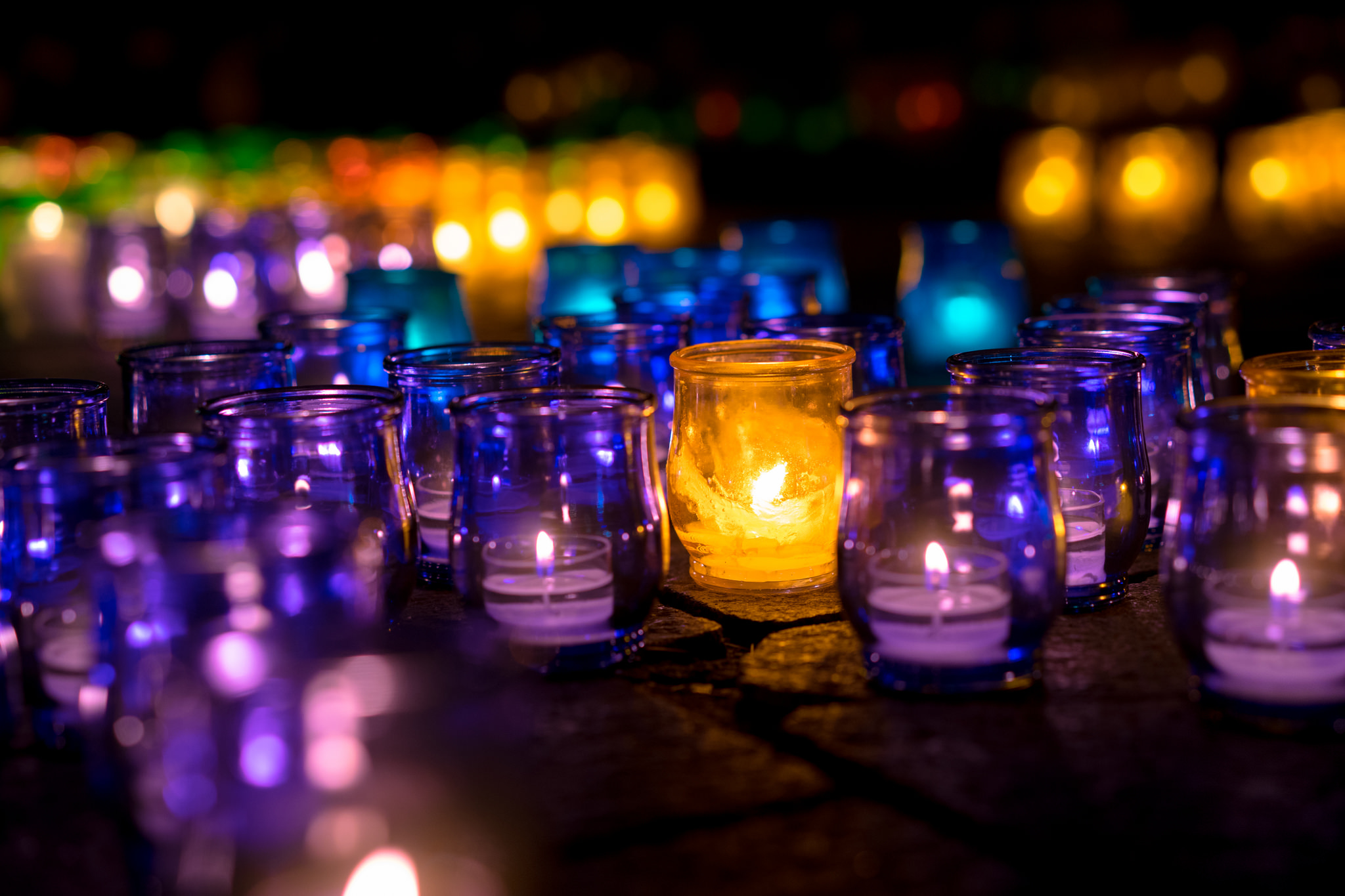On Specialist Knowledge
Some years ago, a priest who was teaching a class I was auditing sat down with me to teach me how to chant a collect. (A collect — accent on the first syllable because it is a noun — is a prayer said by an officiant on a specific occasion to “collect” the prayerful intentions
